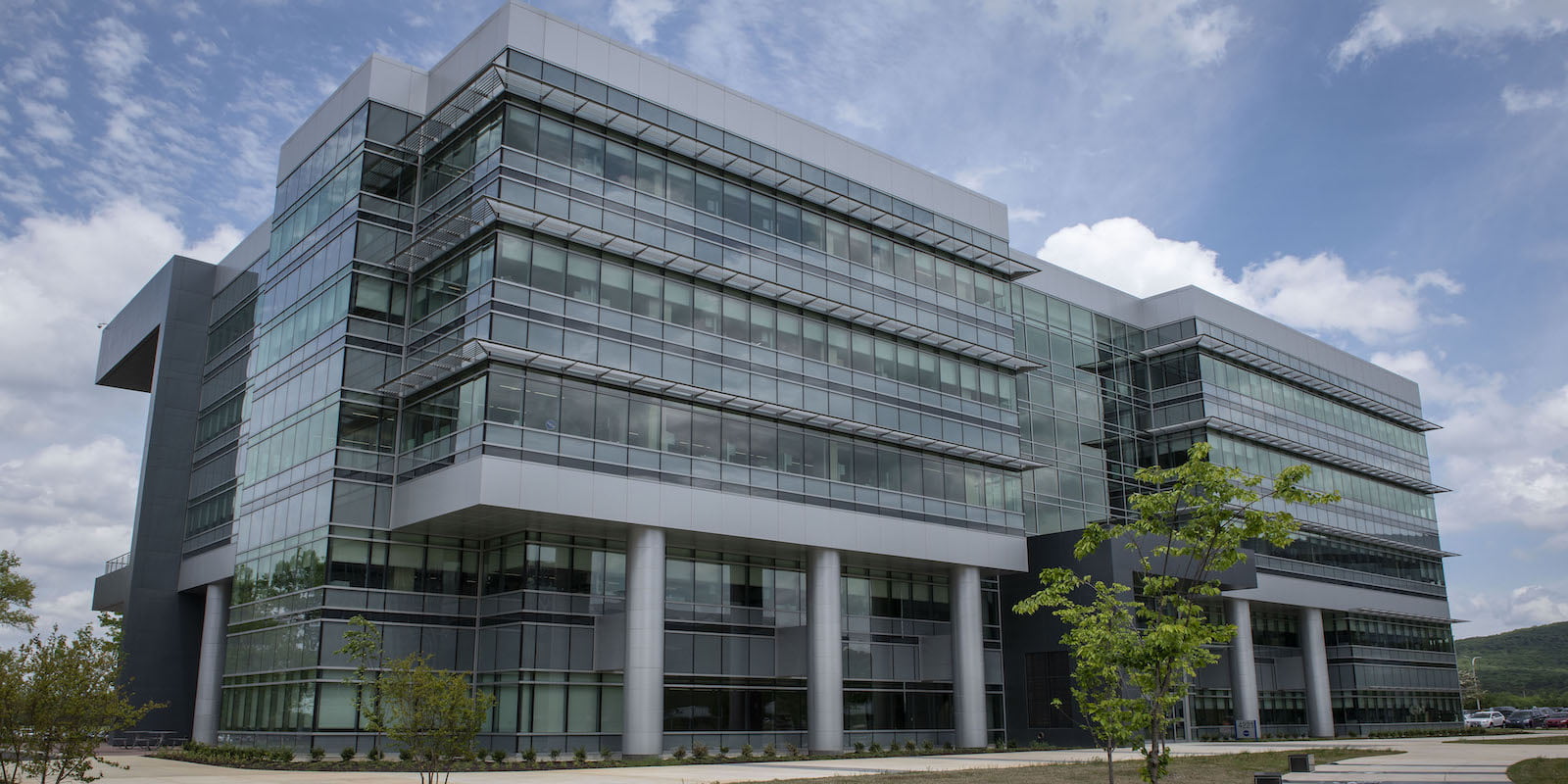The US Green Building Council (USGBC) is going zero. Their new Leadership in Energy and Environmental Design (LEED) certification has now reached its fourth version. LEED v4.1’s energy performance prerequisite will be based it on ASHRAE 90.1 2016. In addition, a carbon metric will be added.
“Really this is the first time we’ve had carbon as a metric,” said Melissa Baker, senior vice president for technical core at USGBC. “It’s important but it’s also going to be an interesting learning curve for the market because not many people are really using carbon metrics yet. I think people are excited about it. I think there’s recognition that there’s a need to start to understand overall carbon impact. It ties in to the power grid, ties in the efficiency of the buildings, but it’s broader than just the building. It’s the community.”
While the greenhouse gas impact of operations can be reduced through energy efficiency measures and renewable energy generated on site or from utility clean energy programs, LEED v4.1 goes further by addressing the climate impact of the building materials themselves. Until now, the carbon embodied in each step in the supply chain has not been considered in most construction projects.
In a major shift of emphasis, LEED v4.1 will reduce its reliance on documents to support measure implementation while increasing the use of data to measure actual performance. There will be expanded emphasis on building commissioning, energy metering, refrigerant management, demand response and renewable energy.
In addition to these changes to the energy credits, LEED v4.1 will also provide credits for net zero water and net zero waste. Previously certified buildings can now be recertified to the new standard. With it’s new LEED v4.1, USGBC is once again driving building design and construction toward a brighter future for energy conservation and for the environment.

